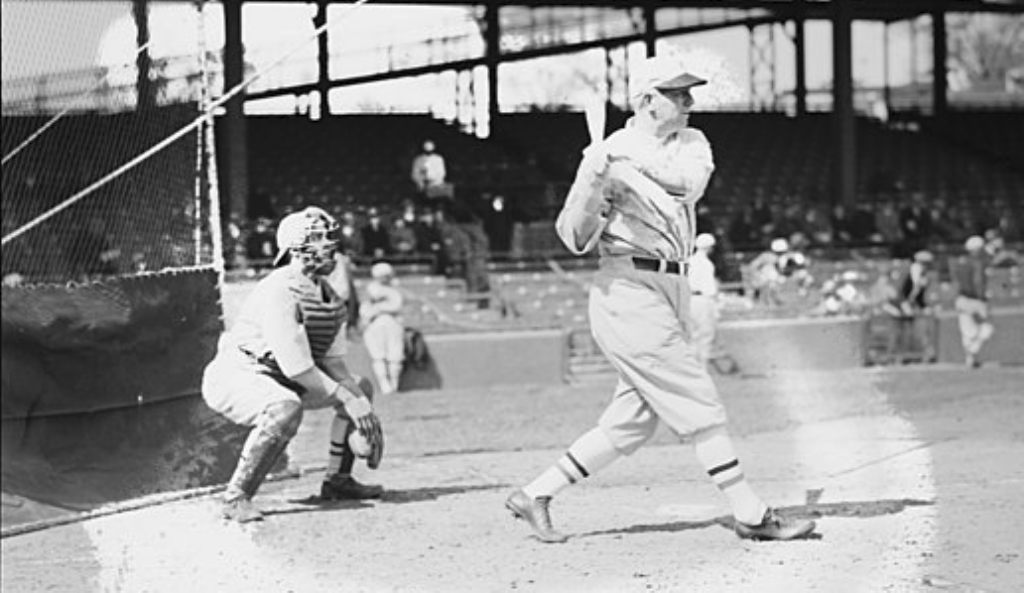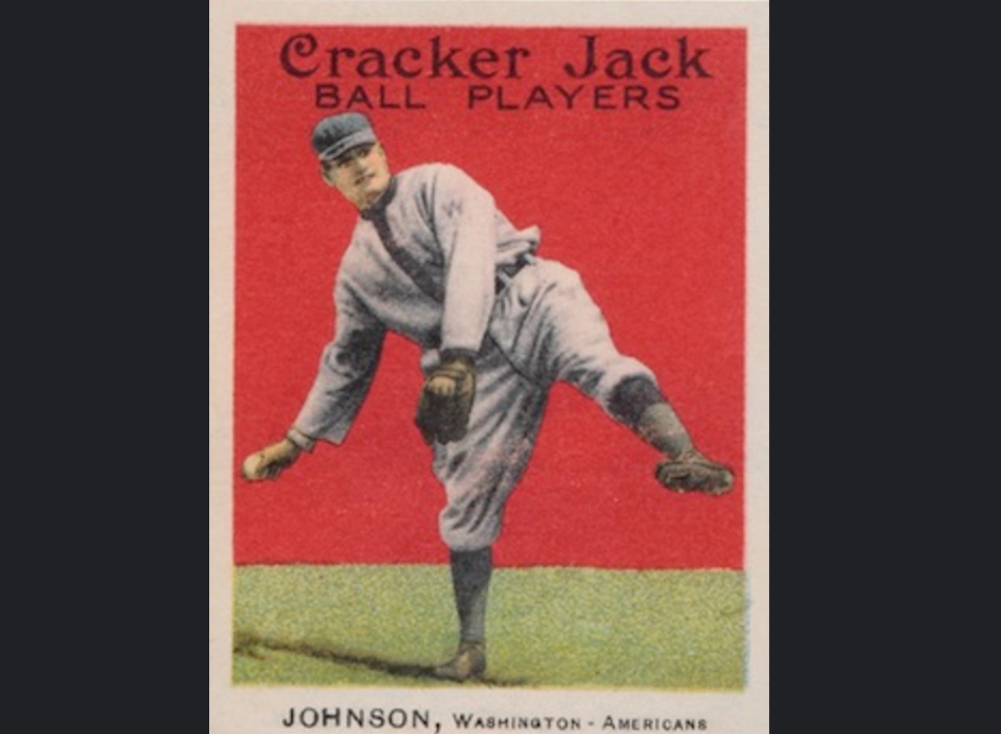Harry Wright
From Cricketer to Baseball Pioneer (1857-1869):
-Harry witnessed early baseball games in New York and fell in love with the sport.
-Transitioned from cricket, adapting his bowling skills to become a dominant pitcher.
-As a player, he displayed talent and leadership, but his true impact would come later.
bThe Father of Professional Baseball (1869-1877):
-Assembled and managed the Cincinnati Red Stockings, the first fully professional baseball team.
-Introduced innovative tactics like backing up infield plays and shifting defenses.
-Led the Red Stockings to dominance, capturing six league championships in eight years.
-His success helped legitimize professional baseball and pave the way for the future of the sport.
A Managerial Legacy (1878-1895):
-Continued managing for several teams, winning additional championships and reaching 1,225 career victories.
-Developed young talent and fostered teamwork, earning respect for his leadership and fair play.
-Though his later years weren't as successful, his overall impact on the game as a manager remained significant.
Beyond the Numbers:
-Remembered as a pioneer who helped professionalize baseball and establish its rules and strategies.
-A mentor and leader who shaped the careers of other early stars.
-Inducted into the Baseball Hall of Fame in 1953 for his lasting contributions to the game.
Lizzie Arlington
Born August 31, 1877, in in Mahanoy City, Pennsylvania was the first woman to play for a professional men's baseball team, Lizzie Arlington.
Arlington grew up in Mahanoy City, where she played baseball with her father and brothers. On June 20, 1891, at age 13, Arlington took the field as the pitcher for the Mahanoy City baseball team against the visiting Cincinnati Reds (a professional women's team barnstorming through the area). Reds' manager Mark Lally, impressed with her play, immediately recruited and signed her to play for his team. Arlington played three seasons with the Reds, including two where she shared pitching duties with Maud Nelson.
In 1898, Arlington was signed by the Reading Coal Heavers of the Atlantic League, becoming the first woman to play for a professional men's baseball team. She appeared in one game for the Heavers, pitching the ninth inning of a 5-0 victory over the Allentown Peanuts. She allowed two hits and a walk, but no runs.
Arlington continued playing baseball for women's teams after her brief stint with the Heavers. She retired from baseball in 1902 and died in Philadelphia in 1919.
Ray Schalk
Schalk was a master of the defensive side of the game. To his credit he was able to handle pitchers and many times made them have better performances on the mound. He led the American League in fielding percentage eight times and putouts nine times. He was also credited with catching four no-hitters, though one of those was later taken away.
Schalk was not a power hitter, but he was a reliable contact hitter. He had a career batting average of .253, with 11 home runs and 594 RBIs. He was also a good base runner, stealing 177 bases in his career.
Schalk was a key member of the White Sox teams that won the World Series in 1917 and 1919. He was also a player-manager for the White Sox in 1927 and 1928.
Ray Schalk's career highlights:
-Led the American League in fielding percentage eight times (1913, 1914, 1916, 1917, 1918, 1920, 1921, and 1925)
-Led the American League in putouts nine times (1913, 1914, 1916, 1917, 1918, 1920, 1921, 1923, and 1925)
-Caught four no-hitters (one was later taken away)
-Won two World Series championships (1917 and 1919)
-Played in 1,762 games
-Batted .253 with 11 home runs and 594 RBIs
-Inducted into the Baseball Hall of Fame in 1955
Hank O'Day
Elmer Flick Baseball Hall of Fame RF
His career spanned 1904-1910, bouncing between teams like the Philadelphia Phillies and Cleveland Bronchos. Though not the biggest or strongest, Flick's bat crackled with electricity. He led the American League in batting average once, stolen bases twice, and triples a whopping three times. He was a terror on the basepaths, racking up over 300 steals in his short career.
Beyond individual stats, Flick's true legacy lies in his pivotal role in Cleveland's 1905 World Series victory. His explosive hitting and daring baserunning proved instrumental, earning him the nickname "Old Reliable." He remains a cherished figure in Cleveland baseball history, his name forever linked to that glorious championship run.
However, Flick's career wasn't without its shadows. Injuries slowed him down later on, and he couldn't recapture his early brilliance. Still, his story stands as a testament to the power of speed, daring play, and the unexpected champions that baseball can produce. He was a legend of the deadball era, a flicker of offensive dynamite whose name deserves to be remembered.
Bob Groom
Grooms had a successful rookie season, going 10-7 with a 3.06 ERA. He remained with the Senators for the next four seasons, and he was one of the team's best pitchers. In 1912, he won 24 games, which was the most wins by a Senator pitcher since 1901.
In 1914, Grooms was traded to the St. Louis Terriers of the Federal League. He played for the Terriers for two seasons, and he was one of the league's best pitchers. In 1915, he led the league with 27 wins.
In 1916, Grooms was traded back to the American League, where he played for the St. Louis Browns. He remained with the Browns for two seasons, and he was a reliable starter. The pitcher finished his major league career with a record of 119-150 and a 3.10 ERA. He also pitched in 208 games, and he had 1,159 strikeouts.
Stan Coveleski
Tony Cloninger
George Bradley
and Troy Trojans (1879). After the 1879 season his pitching was not in demand so he played infield for various teams including; Providence Grays (1880), Detroit Wolverines (1881), Cleveland Blues (1881–1883), Philadelphia Athletics (1883), Cincinnati Outlaw Reds (1884), Philadelphia Athletics (1886), and Baltimore Orioles (1888). His pitching in that short span of his 30 season in baseball are what we most remember because George threw the first no-hitter in MLB history 1876 as well as being the NL ERA leader 1876.












